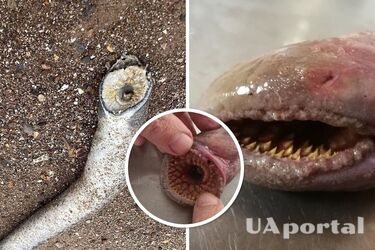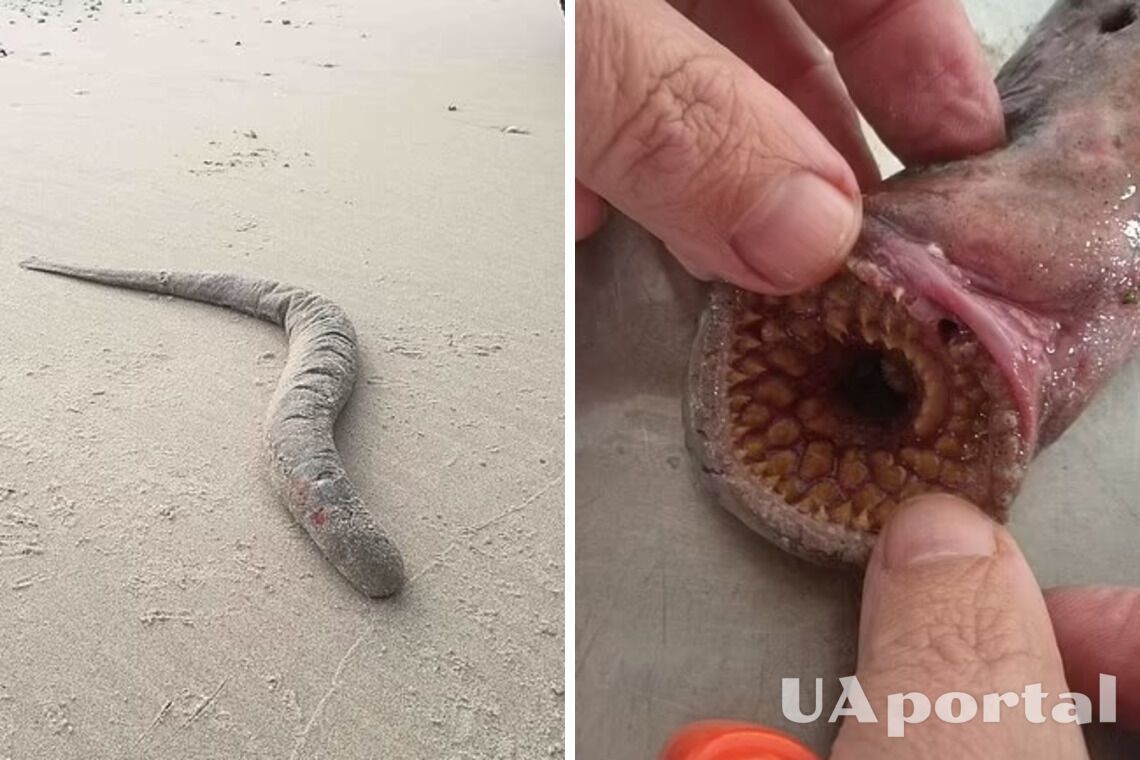In Britain, a huge toothy worm was found on the beach, similar to the sand worms from "Dune" (photo and video)

Will Miles, 26, was walking on the beach near Exmouth Pier in Devon when he came across a strange creature that looked like "a huge leech with a suction cup full of sharp, inward-facing teeth".
This monster turned out to be a sea lamprey - a rare species known for sucking the blood of its prey. Once widespread in Great Britain, lampreys are now rare due to water pollution and artificial barriers on the rivers where they breed, writes dailymail.co.uk.
The found specimen reached 80 cm - a little less than the height of an average two-year-old child.
You may also be interested: Doctors found a living 30-centimeter creature inside the patient during surgery (photo)


The photo of the lamprey, which Miles posted on Facebook, sparked a lively discussion. Some users have compared the creature to the sand worm from the science fiction novel Dune.
Marine biologist Jarko Havermans explained that lampreys live on the bottom for five years, filtering detritus. They then turn into adults, migrate to the sea and parasitize larger fish and whales, often killing their prey. Lampreys migrate back to rivers to reproduce.
We will remind, in Britain, a woman tried to save a pom-pom from a hat, thinking it was a hedgehog.
If you want to receive the latest news about the war and events in Ukraine, subscribe to our Telegram channel!
